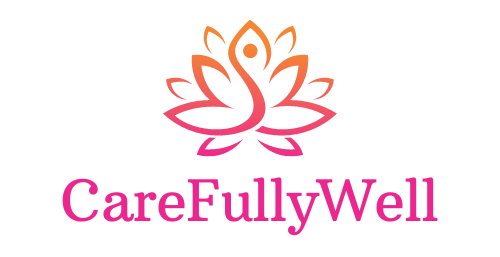Cradle Cap: Understanding and Treating Your Baby’s Scalp Condition
Cradle cap, also known as infantile seborrheic dermatitis, is a common skin condition that affects many infants during the early months of life. Although it’s typically harmless and not painful, cradle cap can be unsightly and concerning for parents. In this article, we will delve into what cradle cap is, its causes, and the best treatments to help your baby’s scalp return to a healthy state.
What is Cradle Cap?
Cradle cap is characterized by the presence of greasy, yellow or brown scales or crusts on a baby’s scalp. It can also occur on other areas with skin folds, like the ears, eyelids, or neck. Cradle cap is generally not itchy or painful for the baby, but it can be bothersome for parents due to its appearance.
Causes of Cradle Cap
The exact cause of cradle cap is not fully understood, but several factors may contribute to its development:
1. Excess Oil Production: Babies have overactive oil glands in their scalps, which can lead to the accumulation of skin oils and dead skin cells, resulting in cradle cap.
2. Fungal Infections: Malassezia, a yeast-like fungus that lives on the skin, might play a role in the development of cradle cap. The yeast can overgrow, causing irritation and flaking.
3. Hormonal Changes: Hormonal changes that occur in the womb and after birth may lead to cradle cap. These changes can cause an increase in oil production in a baby’s skin.
4. Family History: Babies with a family history of cradle cap may be more prone to developing the condition.
Best Treatments for Cradle Cap
While cradle cap usually goes away on its own within a few months, there are steps you can take to help manage and alleviate the condition:
1. Gentle Shampooing: Use a mild, hypoallergenic baby shampoo to wash your baby’s hair. Gently massage the scalp with your fingertips to loosen the scales. Avoid using harsh adult shampoos or vigorously scrubbing the scalp.
2. Soft Brushing: After shampooing, use a soft baby brush or a fine-toothed comb to gently brush away the loosened scales. Be very gentle to avoid irritating the baby’s skin.
3. Olive Oil or Coconut Oil: Applying a small amount of olive oil or coconut oil to the baby’s scalp can help soften and loosen the scales. Leave it on for a short time before shampooing, and then gently brush the scales away.
4. Aloe Vera Gel: Aloe vera gel is known for its soothing properties. You can apply a small amount to the affected area and leave it for a short time before washing.
5. Avoid Picking: It’s essential to resist the urge to pick or scrape off the scales, as this can lead to skin irritation and potential infection.
6. Consult a Pediatrician: If cradle cap persists or worsens, or if it spreads to other parts of the body, consult a pediatrician. In some cases, they may recommend a medicated shampoo or cream.
When to Seek Medical Help
While cradle cap is generally harmless, there are instances when you should seek medical advice:
– If the condition worsens or spreads.
– If the baby’s skin becomes red, swollen, or shows signs of infection.
– If the baby appears uncomfortable or experiences hair loss in the affected area.
In most cases, cradle cap is a temporary and benign condition that can be managed with gentle care and patience. Remember that each baby is unique, and what works for one may not work for another. By following the best treatment practices and seeking medical advice when necessary, you can help your baby’s skin return to its naturally soft and healthy state.



